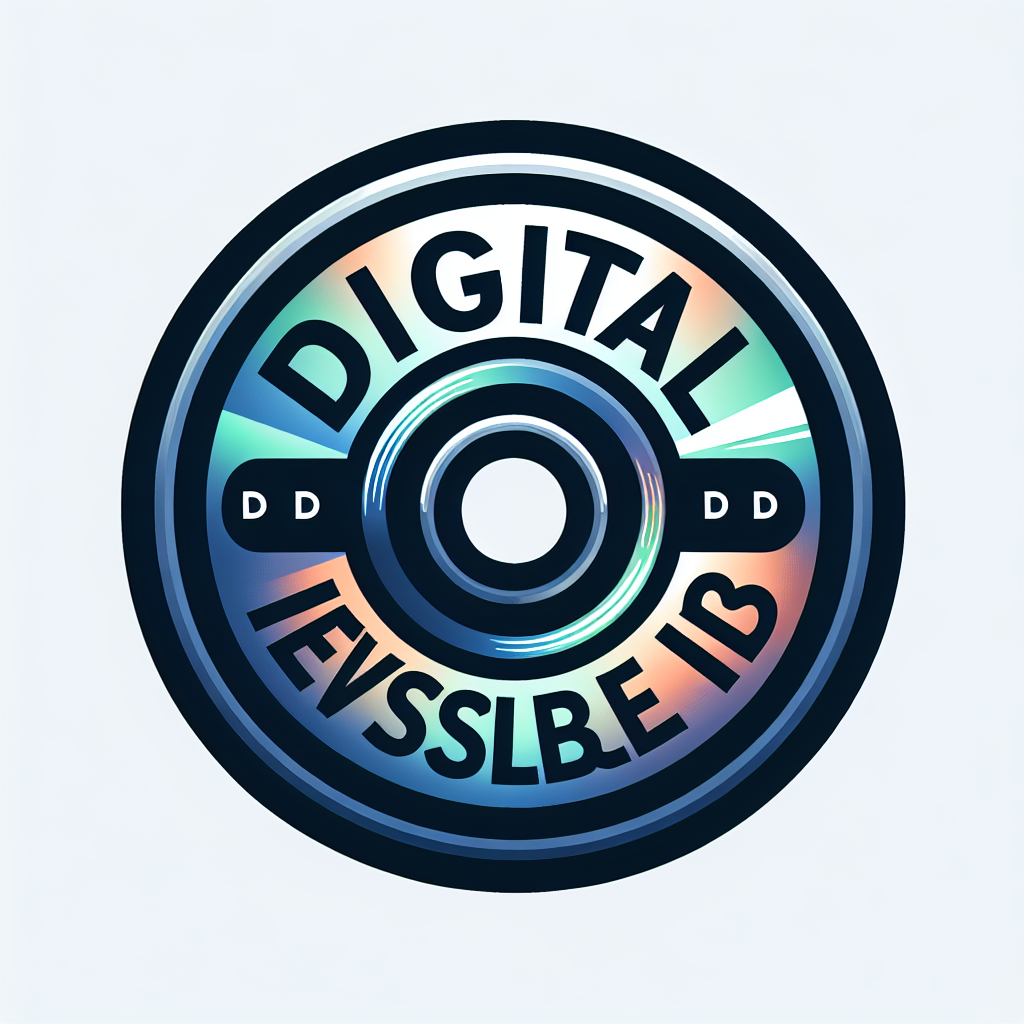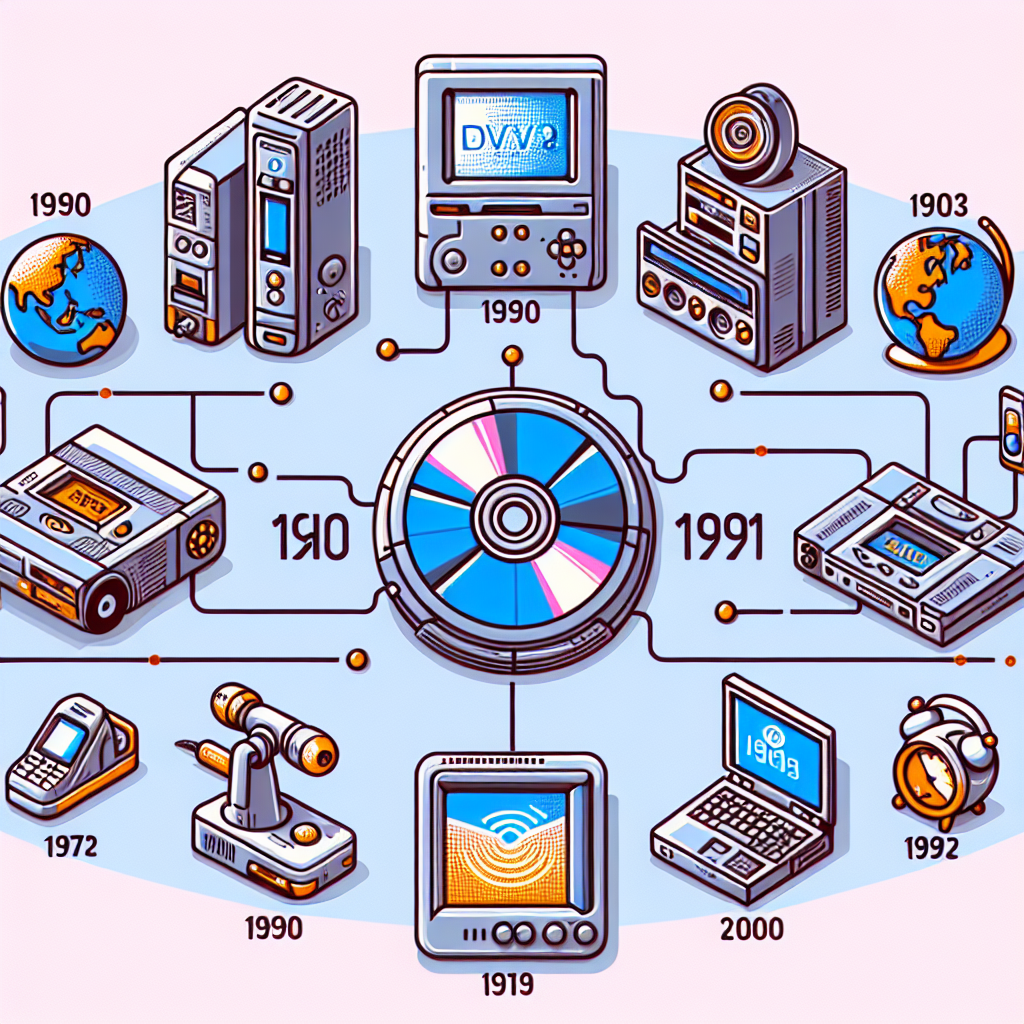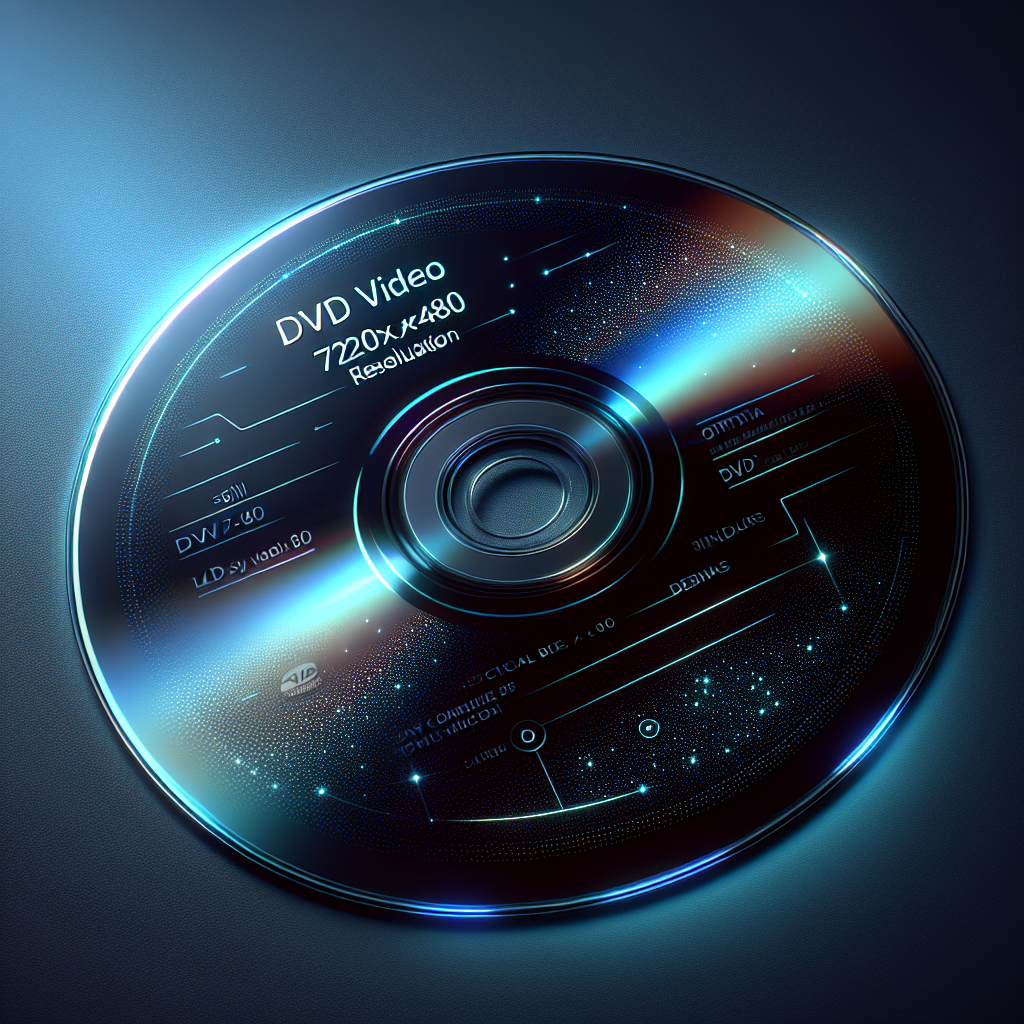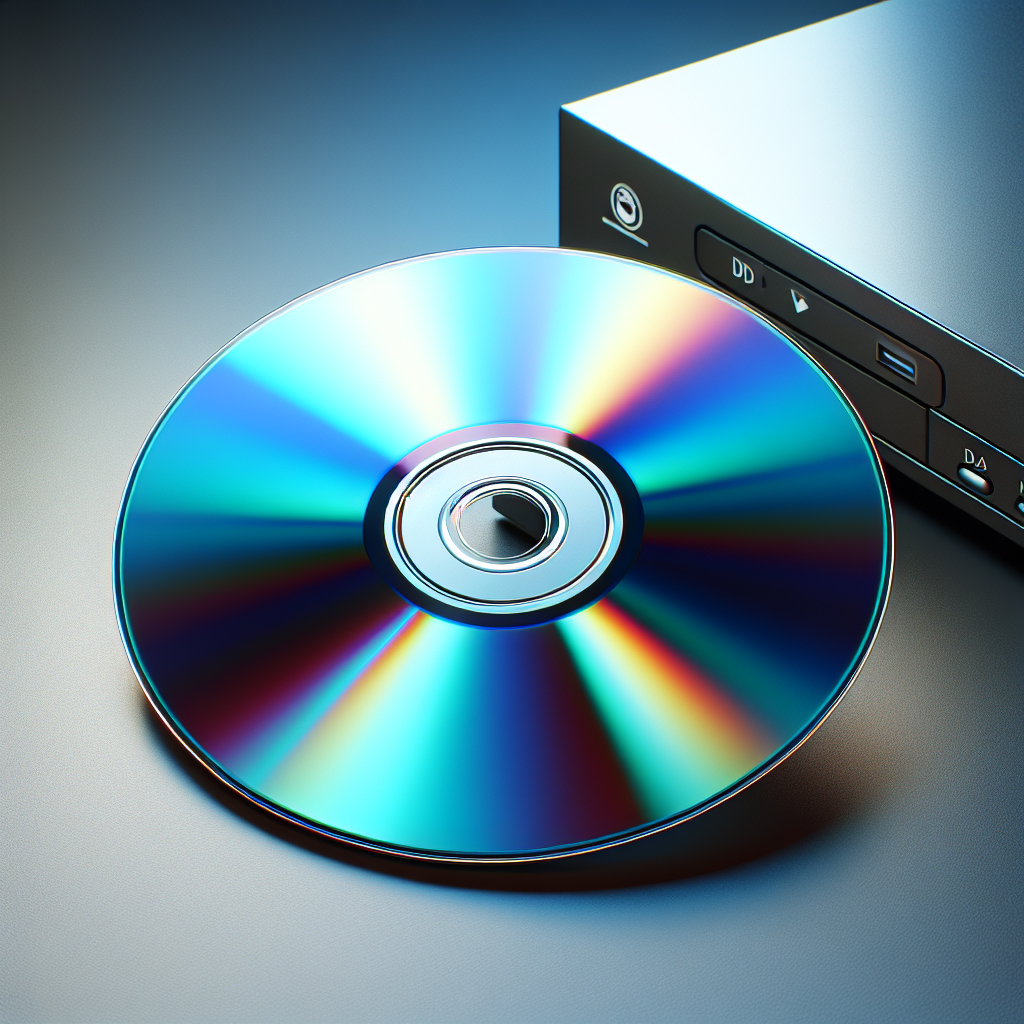Understanding DVDs: A Comprehensive Discussion on What DVD Stands For
As we delve into the digital world, it is crucial to understand the various technologies that have shaped our information consumption over the years. One vital technology is the DVD, an acronym many of us may have heard but do not know what it stands for. In this comprehensive guide, we will uncover the full meaning of DVD. You’ll discover its historical evolution, technological workings, and profound impact on society. Stay tuned for an extensive, insightful and ground-breaking exploration of this revolutionary technology.
So, What Does DVD Stand For?
DVD stands for Digital Versatile Disc or, traditionally, Digital Video Disc. Originally developed in the mid-1990s, DVDs revolutionised how we store and access data, especially when it came to video and audio content.
DVDs: From Concept to Reality
The journey of the DVD started with the development of its precursor, the Compact Disc (CD). A joint effort by Philips and Sony saw the design and launch of CD technology in 1982. CDs were constrained to primarily audio data, with much less storage space compared to modern DVDs. With the technological advance and increased demand for more storage, DVD was developed. This technological marvel was introduced to the world in 1996 by another partnership between Sony, Philips, Toshiba, and Panasonic. Utilising laser technology, DVDs offered substantial storage upgrade compared to CDs, holding seven times more data.
Unpacking the Technological Wonders of DVD
DVDs store digital data on a disc that can be read by a laser. The data is represented by pits and lands (the flat areas) on their reflective layer. Changing a laser beam’s strength as it crosses these regions encodes digital information into a binary language, readable by your DVD player or computer. The use of a more condensed wavelength laser (compared to CDs) allows DVDs to pack more data into the same physical space.
The Impact and Evolution of DVD Technology
The arrival of DVDs revolutionised the movie industry by offering a higher quality video and audio experience compared to VHS cassette tapes. DVDs significantly improved convenience, storage efficiency and longevity. They also sparked an evolution in data storage and distribution, leading to the development of Blu-ray discs and ultimately influencing today’s streaming culture.
Final Thoughts: The Future of DVDs
Although the rise of streaming services and digital downloads has dimmed the light on DVD technology somewhat, it is far from extinct. In regions without guaranteed high-speed internet or for those who prefer physical media, DVDs continue to be invaluable. As we transition further into the digital world, DVDs will undoubtedly serve as a testament to our technological progression.
If you found this article helpful or insightful, please feel free to share it with your technophile friends or anyone interested in understanding the underlying technologies that have shaped our society and continue to be a part of our lives.




